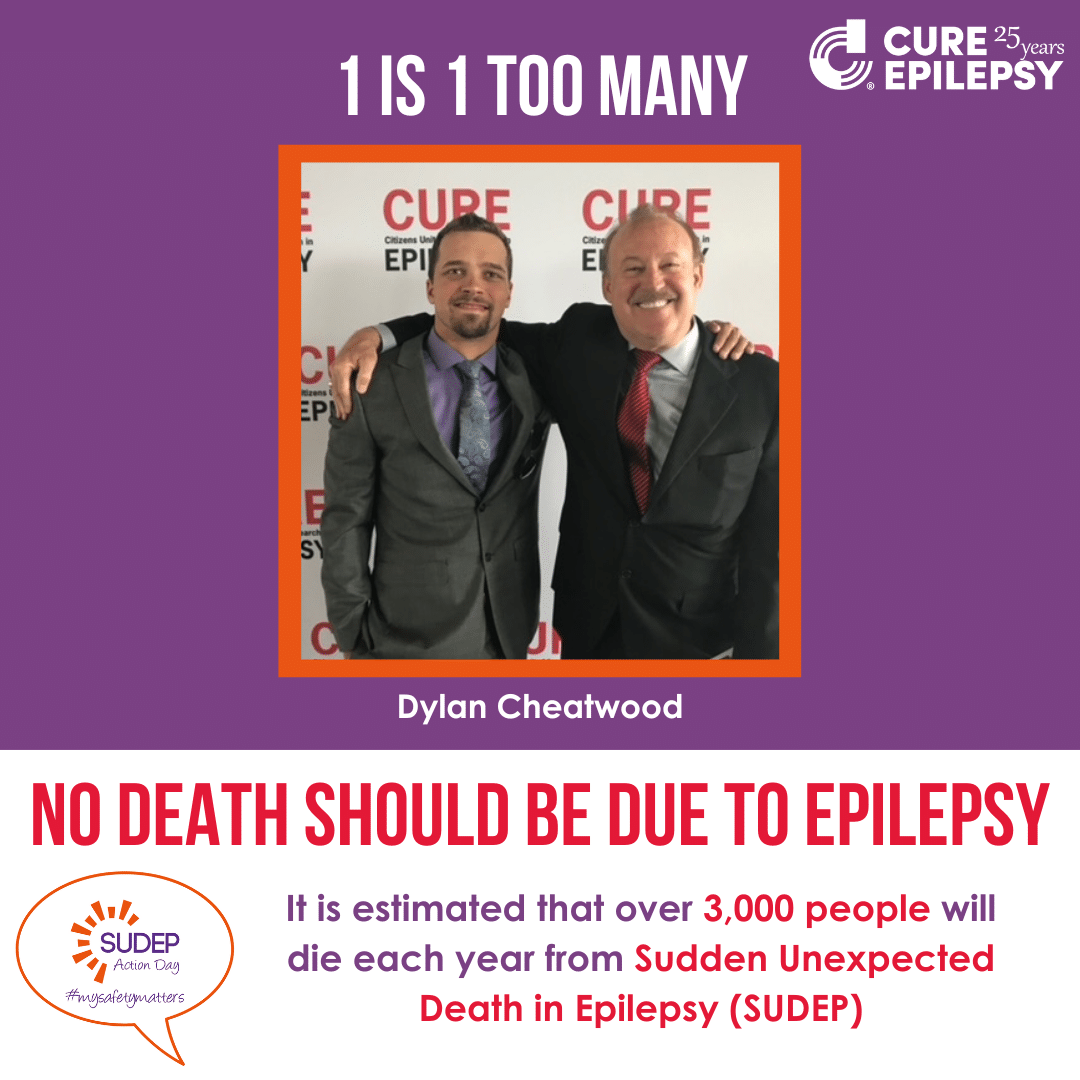A Unified Hypothesis of SUDEP: Seizure-Induced Respiratory Depression Induced by Adenosine May Lead to SUDEP But Can be Prevented by Autoresuscitation and Other Restorative Respiratory Response Mechanisms Mediated by the Action of Serotonin on the Periaqueductal Gray
May 3, 2023
Featuring the work of former CURE grantee Dr. Carl Faingold
Abstract found on PubMed
Sudden unexpected death in epilepsy (SUDEP) is a major cause of death in people with epilepsy (PWE). Postictal apnea leading to cardiac arrest is the most common sequence of terminal events in witnessed cases of SUDEP, and postconvulsive central apnea has been proposed as a potential biomarker of SUDEP susceptibility. Research in SUDEP animal models has led to the serotonin and adenosine hypotheses of SUDEP. These neurotransmitters influence respiration, seizures, and lethality in animal models of SUDEP, and are implicated in human SUDEP cases. Adenosine released during seizures is proposed to be an important seizure termination mechanism. However, adenosine also depresses respiration, and this effect is mediated, in part, by inhibition of neuronal activity in subcortical structures that modulate respiration, including the periaqueductal gray (PAG). Drugs that enhance the action of adenosine increase postictal death in SUDEP models. Serotonin is also released during seizures, but enhances respiration in response to an elevated carbon dioxide level, which often occurs postictally. This effect of serotonin can potentially compensate, in part, for the adenosine-mediated respiratory depression, acting to facilitate autoresuscitation and other restorative respiratory response mechanisms. A number of drugs that enhance the action of serotonin prevent postictal death in several SUDEP models and reduce postictal respiratory depression in PWE. This effect of serotonergic drugs may be mediated, in part, by actions on brainstem sites that modulate respiration, including the PAG. Enhanced activity in the PAG increases respiration in response to hypoxia and other exigent conditions and can be activated by electrical stimulation. Thus, we propose the unifying hypothesis that seizure-induced adenosine release leads to respiratory depression. This can be reversed by serotonergic action on autoresuscitation and other restorative respiratory responses acting, in part, via the PAG. Therefore, we hypothesize that serotonergic or direct activation of this brainstem site may be a useful approach for SUDEP prevention.






